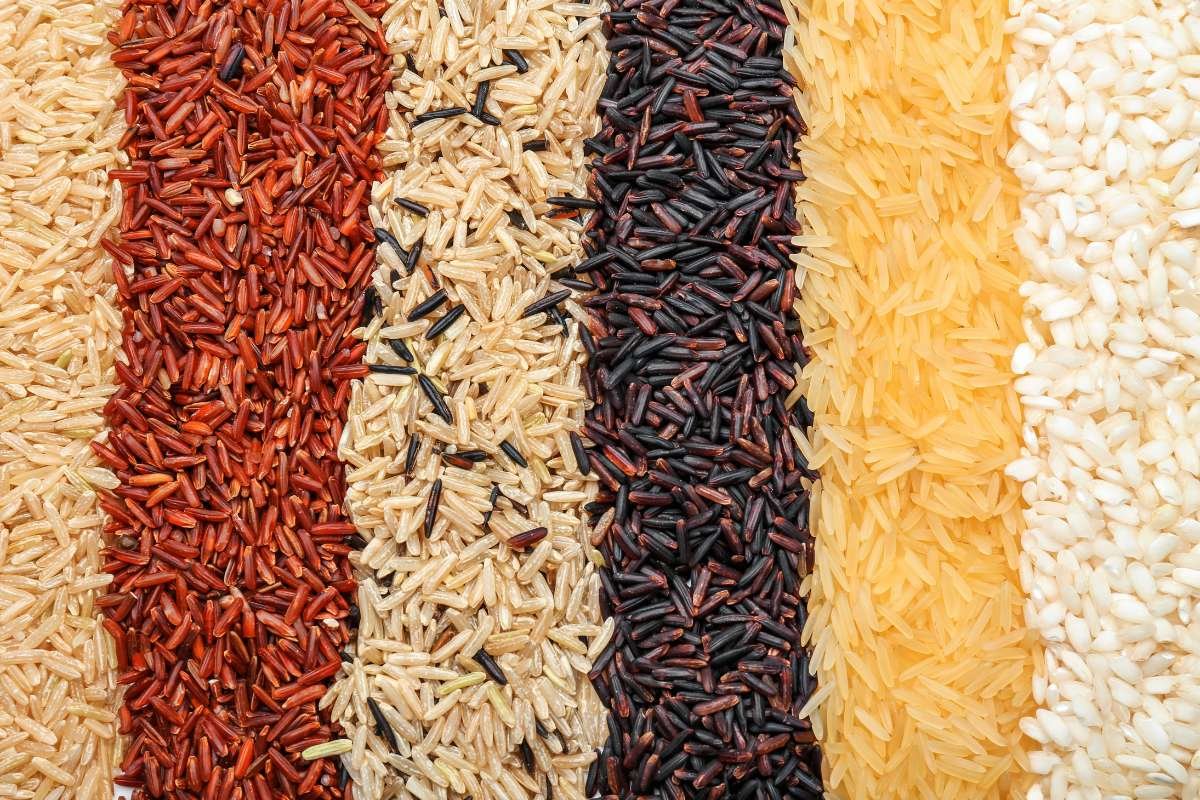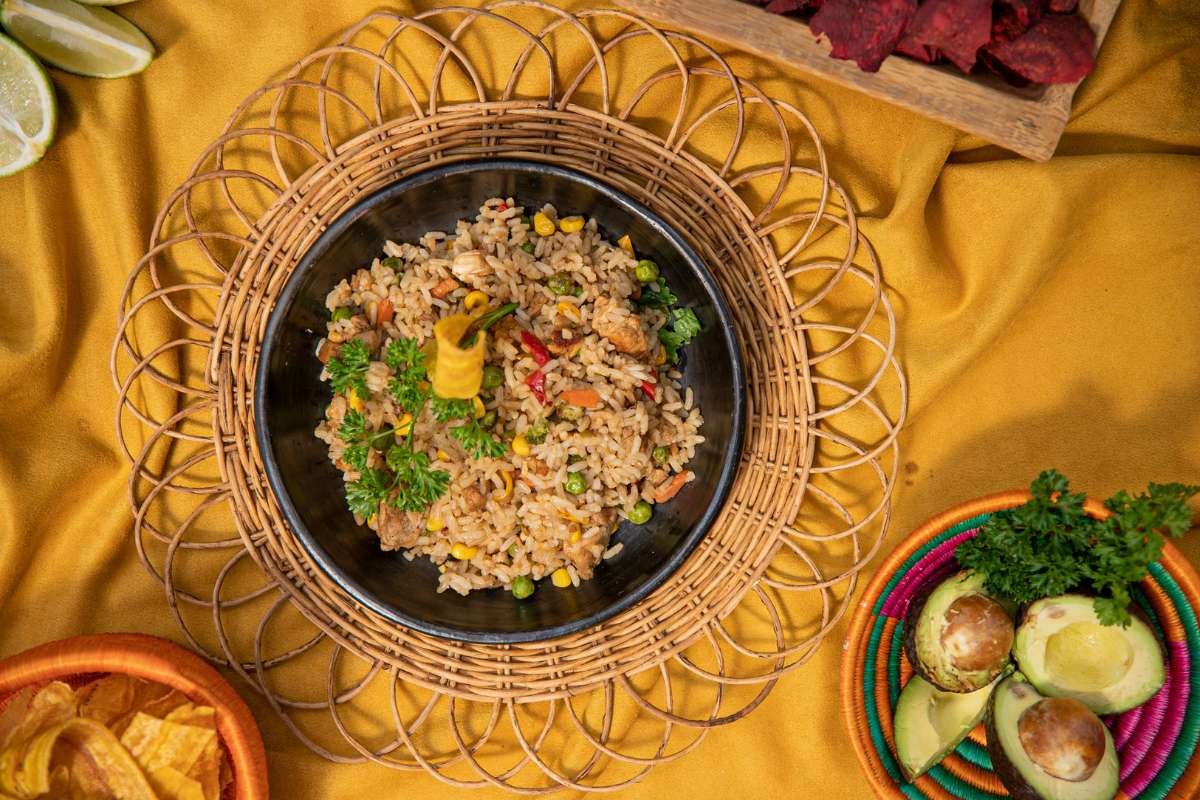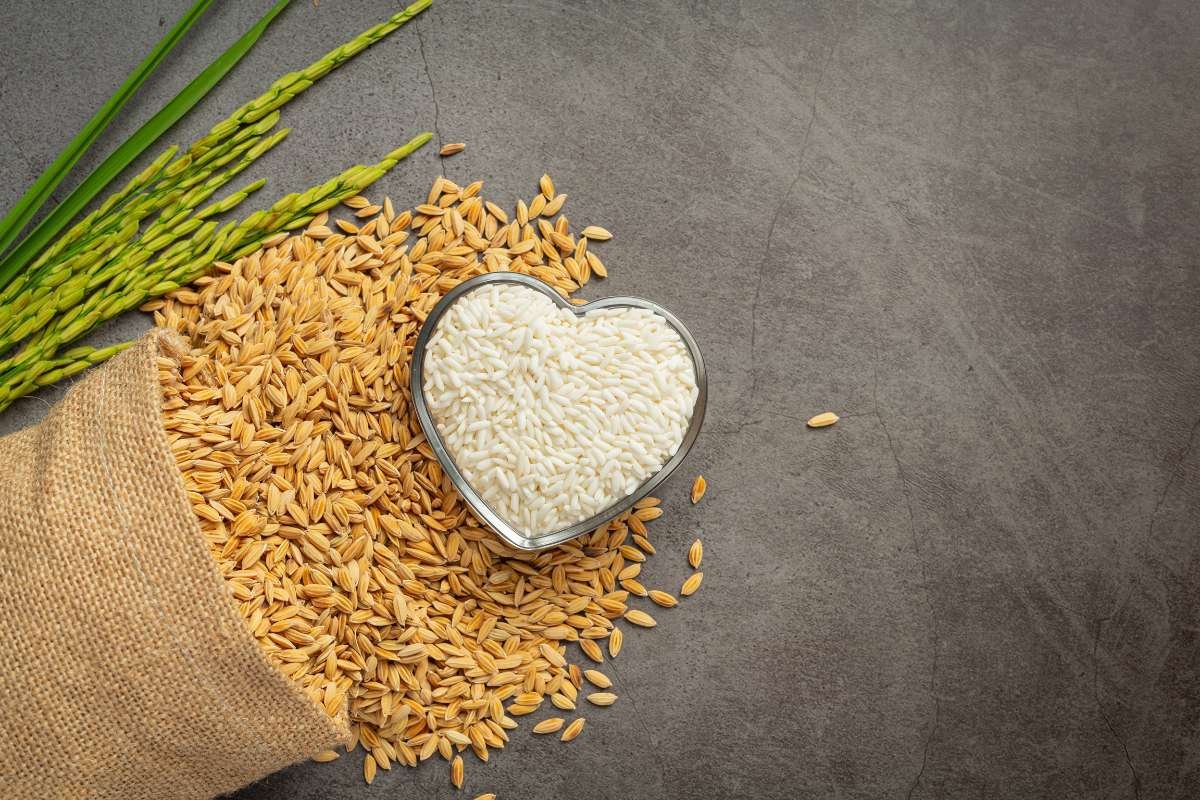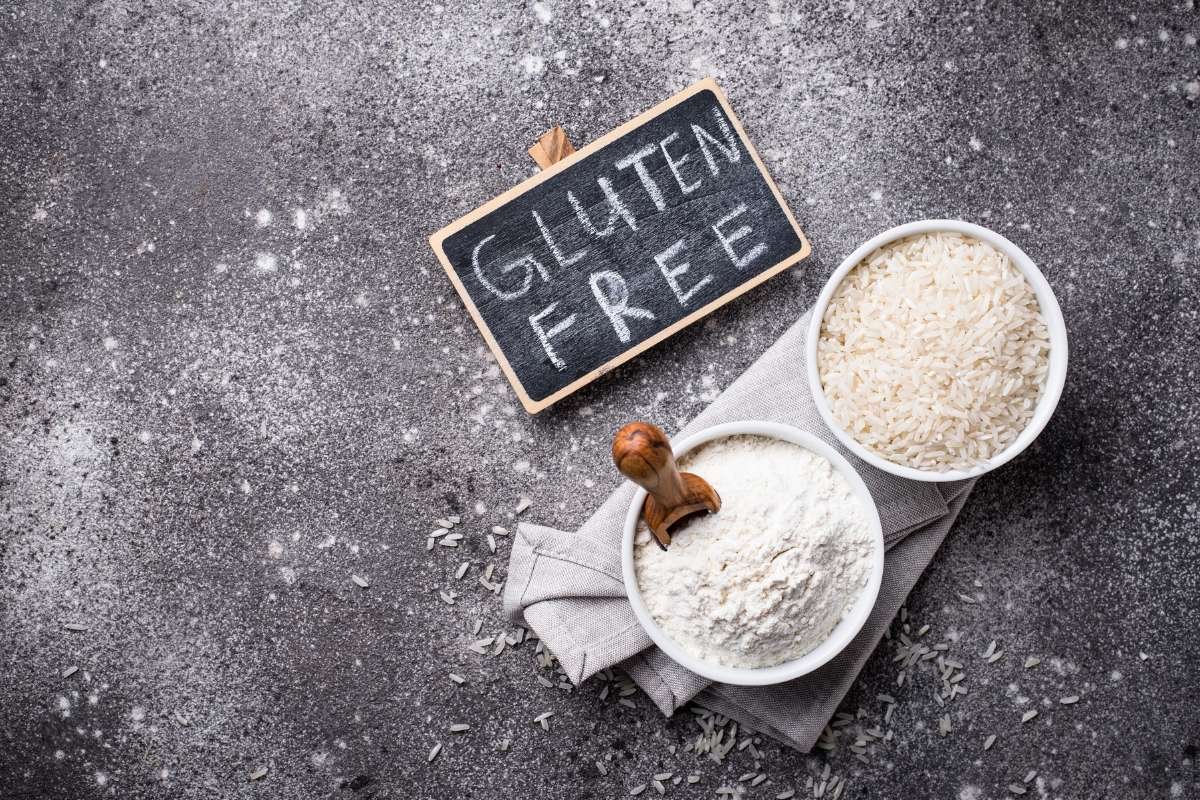You’ve just come home after a long, exhausting day. You scoop a generous serving of rice onto your plate. The steam rises, carrying that warm, nutty aroma. The grains are fluffy, light, and inviting. With each spoonful, it feels like comfort is being served directly to your soul.
Now, just as you’re enjoying that peaceful moment, someone casually leans over and asks, “Hey, is rice gluten-free?” Suddenly, your bite freezes halfway. For a split second, you wonder if you’ve made a mistake. Should you stop chewing? Should you push the bowl away? Or worse, should you spit it out right there?
Relax. There’s no plot twist here. Your beloved bowl of rice is not out to trick you. The good news is simple: rice, in its natural form, is gluten-free. That means your cozy, go-to comfort food is safe. No drama, no betrayal.
Still, the question is worth exploring because rice shows up in so many dishes, sushi rolls, stir-fries, rice noodles, cereals, and even desserts. Some of these can carry hidden gluten, and that’s where people get confused. So let’s clear it all up together, with a little humor, solid facts, and a promise that rice isn’t nearly as complicated as it sounds.
Is Rice Gluten-Free by Nature?
Yes, rice in its natural form is always gluten-free. This includes the common white rice you eat with everyday meals, the nutrient-rich brown rice, fragrant varieties like jasmine and basmati, the chewy and nutty wild rice, and even the less common black and red rice. All of these are naturally free from gluten because gluten is a protein that only exists in certain grains like wheat, barley, and rye. Rice belongs to an entirely different grain family, which means it never develops gluten in its structure.
This natural absence of gluten makes rice one of the safest staple foods for people with celiac disease, non-celiac gluten sensitivity, or those who simply prefer to cut gluten out of their diet. It’s also what makes rice so popular around the world. Whether it’s steamed, boiled, stir-fried, or turned into noodles, rice can serve as a base for countless meals without triggering gluten-related health issues.
But rice isn’t just safe, it’s also highly versatile. You can pair it with vegetables, proteins, and spices to create meals that range from light and simple to rich and indulgent. From sushi rolls to risotto, from biryani to rice pudding, this humble grain adapts beautifully to cultures and cooking styles across the globe. And the best part? You don’t have to worry about gluten hiding in the grain itself.
That said, while natural rice is gluten-free, the real challenge often lies in how it’s processed and prepared. Flavored rice mixes, instant packets, or rice cooked with sauces may contain hidden gluten ingredients. So, while the grain itself is safe, cross-contact and additives can change the picture.
Why People Ask “Is Rice Gluten-Free” So Often?
The confusion starts because rice appears in so many processed foods. While pure rice is gluten-free, rice-based products like flavored rice mixes, instant meals, or sushi rice may not be. These often contain sauces, spices, or additives that sneak gluten back into the dish.
So, while plain rice is safe, the toppings or seasonings might not be. Reading labels and watching for gluten-containing ingredients is the best way to stay safe.
Different Types of Rice and Gluten Safety

- White Rice: The most common type. Polished and refined, white rice is gluten-free but has fewer nutrients compared to brown rice.
- Brown Rice: A whole grain option that keeps its bran layer, giving it more fiber, vitamins, and minerals. Naturally gluten-free and highly nutritious.
- Wild Rice: Technically a grass, not true rice. Still gluten-free, rich in antioxidants, and often mixed with other grains for flavor.
- Jasmine and Basmati Rice: Fragrant long-grain types, both naturally gluten-free and safe to enjoy with curries, stir-fries, or plain.
- Black and Red Rice: Known as “forbidden rice” in some cultures, these are packed with nutrients and antioxidants, and yes, they are gluten-free.
The Sneaky Risk: Cross-Contact
Here’s where things get tricky. Even though the answer to “Is Rice Gluten-Free?” is yes, cross-contact can make it unsafe. Rice processed in facilities that also handle wheat or barley may carry traces of gluten. Shared equipment, storage, or packaging can cause contamination.
That’s why gluten-sensitive people should look for rice labeled “certified gluten free.” This label means the product has been tested and meets strict standards for safety.
Is Rice Gluten-Free in Popular Dishes?

- Sushi Rice – The rice itself is gluten-free, but sushi vinegar often contains wheat-based soy sauce. Always double-check.
- Rice Noodles – Usually gluten-free, but some brands add wheat flour. Safe only if clearly labeled.
- Rice Cereals and Crackers – Many are gluten-free, but flavored versions may sneak in barley malt or wheat starch.
- Fried Rice – The rice is safe, but soy sauce often contains gluten. Ask for tamari-based or gluten-free soy sauce instead.
Health Benefits of Eating Rice

- Easy to Digest – Gentle on the stomach, especially white rice.
- Naturally Energizing – Carbs provide quick energy without gluten worries.
- Rich in Nutrients – Brown, red, and black rice give fiber, iron, and antioxidants.
- Versatile – Works in sweet and savory meals, from curries to puddings.
So not only is rice gluten-free, but it also brings along some solid health perks.
Also Read:
Tips to Enjoy Rice Safely on a Gluten-Free Diet
- Buy plain rice instead of pre-flavored mixes.
- Always read ingredient labels for hidden gluten.
- Look for “certified gluten-free” labels.
- Cook rice at home to avoid cross-contact in restaurants.
- Use tamari or coconut aminos instead of regular soy sauce.
Fun Facts About Rice You Didn’t Know
- Rice feeds more than half of the world’s population.
- There are over 40,000 varieties of rice grown worldwide.
- In Japan, the word for “meal” and “rice” is the same, gohan.
- Leftover rice can be turned into sweet pudding or crispy rice cakes.
Also Read:
- 7 Advantages of a Gluten-free Diet Plan
- Navigating the Gluten-Free Diet: A Comprehensive Guide to Health and Wellness
- Cheez-It Goes Gluten-Free: Iconic Snack to Launch Inclusive Version in 2026
Conclusion
So, is rice gluten-free? Yes, and you can eat it without fear, just keep an eye on sauces and additives. Rice is comforting, flexible, and loyal to your plate, unlike that one friend who never texts back. Next time someone asks, “Is rice gluten-free?” you can smile, lift your spoon, and say, “Absolutely, just don’t drown it in soy sauce.”







